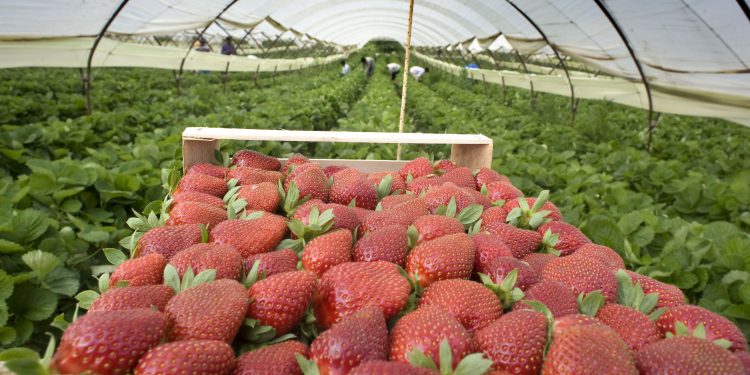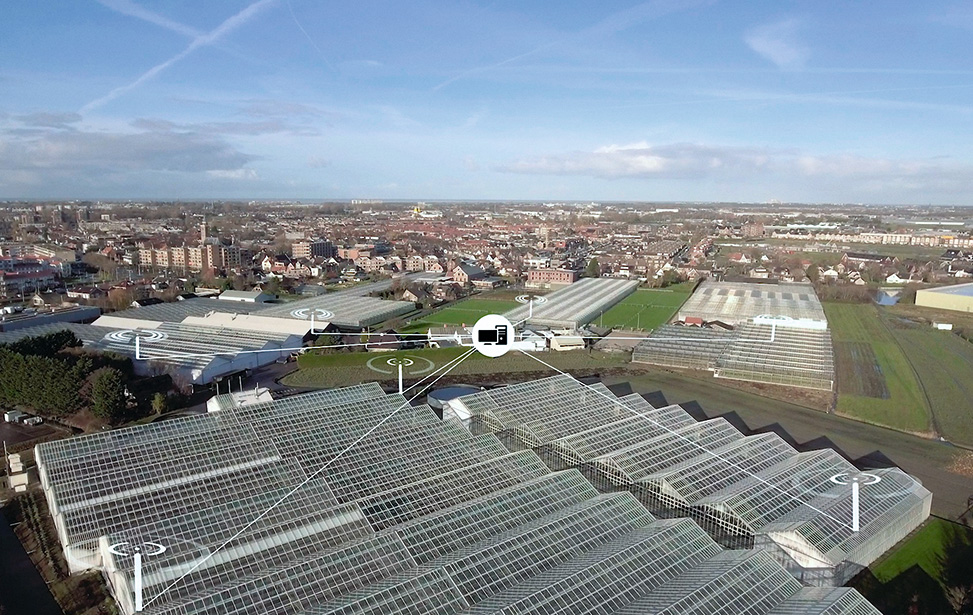#GreenhouseCultivation #AgriculturalDevelopment #Iran #Mazandaran #WaterCrisis #JobOpportunities #NonOilExports #EnvironmentalPreservation
Mazandaran province in Iran has seen significant progress in greenhouse cultivation, with over 1,300 hectares of land already dedicated to this modern farming method. The provincial officials aim to expand the area under greenhouse cultivation to 5,000 hectares within the next three years. This development is part of the Agriculture Ministry’s Greenhouse Development Program, which aims to increase productivity, efficiency, and water management in the agricultural sector. The expansion of greenhouse cultivation not only addresses the water crisis but also creates job opportunities, boosts non-oil exports, and contributes to environmental preservation.
Mazandaran province, located in the northern part of Iran, has emerged as a hub for greenhouse cultivation. According to Ehsan Abbaspour, the deputy head of the province’s agriculture department for plant production improvement, a total of 1,314 hectares of land in Mazandaran are currently dedicated to greenhouse cultivation. This progressive step in modern farming techniques showcases the province’s commitment to agricultural development.
Abbaspour further revealed that the provincial authorities plan to expand the area under greenhouse cultivation to 5,000 hectares over the next three years. This ambitious target highlights the province’s determination to capitalize on the benefits of greenhouse farming. Five greenhouse states have already been established in Mazandaran, and the officials are eager to continue this trend.
The expansion of greenhouse cultivation aligns with the Agriculture Ministry’s major policy to promote this modern farming method. The ministry has defined and introduced several projects aimed at facilitating the development of greenhouses. Once the projects are approved, they will receive financial support and implementation will commence. This proactive approach by the ministry demonstrates its commitment to enhancing the agricultural sector.
The development of greenhouse cultivation in Mazandaran province carries several significant consequences. Firstly, it addresses the water crisis that has posed serious challenges to Iran’s agriculture sector in recent years. By adopting modern irrigation techniques and reducing water consumption, greenhouse cultivation helps conserve this valuable resource.
Secondly, the expansion of greenhouse cultivation creates new job opportunities. As the area under greenhouse cultivation increases, more skilled workers will be needed to operate and maintain these facilities. This leads to a positive impact on employment rates and contributes to the socio-economic development of the region.
Furthermore, greenhouse cultivation plays a crucial role in boosting non-oil exports. By utilizing advanced farming techniques, Mazandaran can produce high-quality crops throughout the year, enabling the country to export agricultural products even during off-seasons. This diversification of exports reduces reliance on oil revenues and strengthens the overall economy.
Lastly, the development of greenhouse parks and cultivation contributes to environmental preservation. By providing controlled environments for plant growth, greenhouses minimize the use of chemical pesticides and fertilizers. This helps protect the environment and reduces the contamination of water and soil resources.
The expansion of greenhouse cultivation in Mazandaran province is a significant step towards enhancing the agricultural sector. With a focus on increasing productivity, efficiency, and water management, this development addresses the water crisis, creates job opportunities, boosts non-oil exports, and contributes to environmental preservation. The province’s commitment to greenhouse cultivation showcases its dedication to sustainable agricultural practices and economic growth.










